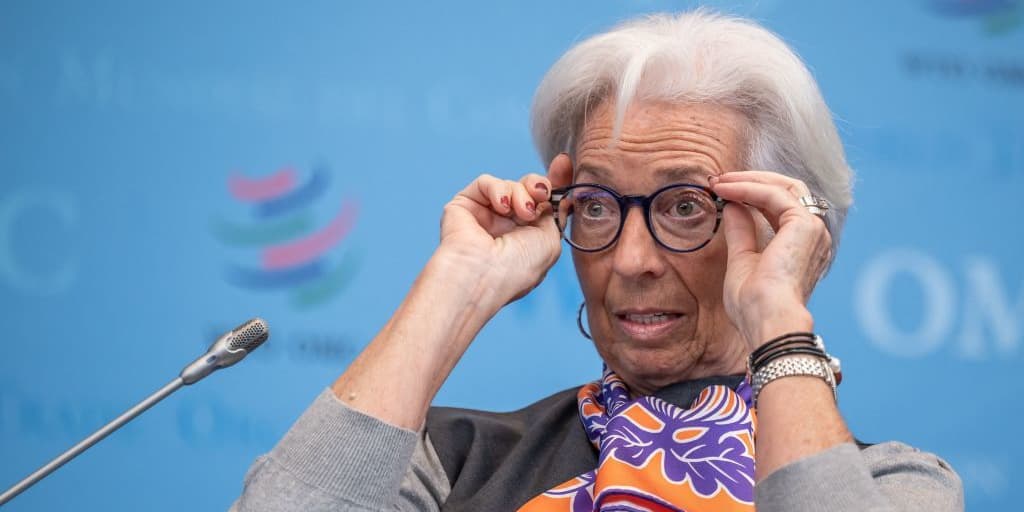The European Central Bank lifted interest rates by a quarter point—the 10th consecutive hike— likely diverging from the Federal Reserve, which is expected to pause next week.
Like the Fed, the ECB has rapidly increased borrowing costs to squeeze inflation out of the economy. But unlike in the U.S., where the economy has remained resilient, the outlook for growth is gloomier in Europe—and the inflation rate is considerably higher.
The central bank for the 20 nations that share the euro has now raised interest rates by 4.5 percentage points over roughly the past year. Thursday’s decision was on a knife edge–a majority of economists expected a hold, but markets priced in a hike.
The euro zone as a whole has avoided recession thus far, but Germany, its biggest economy, has fallen into contraction. It’s not just higher interest rates that are weighing down activity. The threat of natural gas shortages after Russia’s invasion of Ukraine last year is another factor. So is weakness in China, the world’s second-biggest economy, on which Germany’s manufacturing industry relies heavily.
At the same time, the inflation rate in the euro area stands at 5.3%, still well above the ECB’s 2% target. It’s down from a peak of 10.6% in October but threatens to be sticky going further.
The European Commission, the executive arm of the European Union, earlier this week lowered predictions for economic expansion and said inflation will still average more than 3% in 2024.
President Christine Lagarde will hold a press conference to explain the decision and the central bank’s latest economic projections.
The Fed announces its next decision on Sept. 20, when it is expected to hold off from further hikes and keep policy unchanged.
Write to Brian Swint at brian.swint@barrons.com
Read the full article here













Leave a Reply